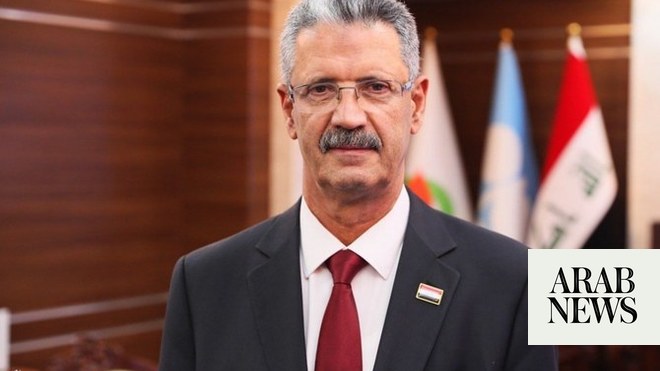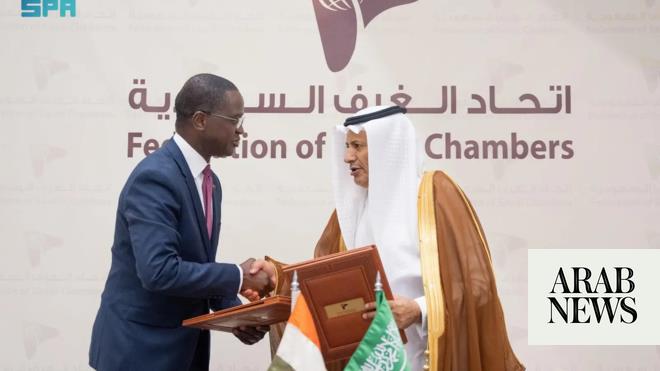
An agreement on the demarcation of land and maritime borders in the neutral zone also signed
JEDDAH: Saudi Arabia and Kuwait signed an agreement to resume pumping at two major oilfields in a shared neutral zone on Tuesday.
Kuwait’s Oil Minister Khaled Al-Fadhel said on Twitter that the memorandum of understanding signed with Saudi Arabia included “the resumption of production in the divided zone.”
The state-run KUNA news agency reported that the two countries also signed an agreement on the demarcation of land and maritime borders in the neutral zone.
The oil produced in the neutral zone in the border area is shared equally between the two nations.
Khafji, an offshore field, was jointly operated by Kuwait Gulf Oil Co. (KGOC) and Saudi Aramco Gulf Operations, while the onshore Wafra field was operated by KGOC and Saudi Arabian Chevron.
Commenting on the deal, political analyst Dr. Hamdan Al-Shehri told Arab News: “The agreement signed between both the countries — Saudi Arabia and Kuwait — is a step forward.”
It is very important for both countries, he said adding that this step will benefit both sides economically.
“This is the way to solve problems between countries,” Al-Shehri said.
“The Gulf Cooperation Council countries are always ready to resolve issues amicably through dialogue,” Al-Shehri added.
The resolution of this issue, he said, is a message to the entire world. Tuesday’s agreement comes as oil prices are under pressure due to abundant reserves and weak global economic growth.
The deal could take as much as a year to bring the field back to full capacity. The fields can produce 0.5 million bpd or 0.5 percent of global supply.
Continued soft pricing has prompted the Organization of the Petroleum Exporting Countries (OPEC) and its allies to make deeper production cuts starting next month.
Saudi Arabia pumps just under 10 million barrels per day (bpd), while Kuwait produces around 2.7 million bpd.
Meanwhile, oil prices rose on Tuesday in thin pre-Christmas trading after Russia said cooperation with OPEC on supply cuts would continue.
US oil major Chevron, which helps operate the fields, said full production was expected within 12 months. Brent crude was up 30 cents, or 0.45 percent, at $66.69 a barrel. US West Texas Intermediate was 23 cents higher at $60.75 a barrel.
OPEC and Russia will continue their cooperation as long as it is “effective and brings results,” Russian Energy Minister Alexander Novak said in an interview.
OPEC and allies agreed in November to extend and deepen output curbs in place since 2017. The reduction of output could see as much as 2.1 million barrels per day (bpd) taken off the market, or about 2 percent of global demand.
Still, OPEC needs to do more to balance the market on a sustainable basis, Bjornar Tonhaugen, head of oil market research at Rystad Energy, said in a note.
OPINION
Faisal Faeq
Saudi minister plays key role in shared zone oil pact
READ ARTICLE
“The OPEC cuts didn’t fully solve the problem — instead they offer a light bandage to get through the first quarter of 2020,” said Tonhaugen.
While OPEC has been cutting production, US producers have been filling the gap, pumping ever greater amounts of crude to reach a record high of about 13 million bpd in November.
That has helped swell inventories with US stocks up about 1 percent this year.
Crude stocks are, however, expected to have fallen by about 1.8 million barrels last week, a second week of declines, according to a preliminary Reuters poll.
The weekly government report on inventories has been delayed by two days due to Christmas.












